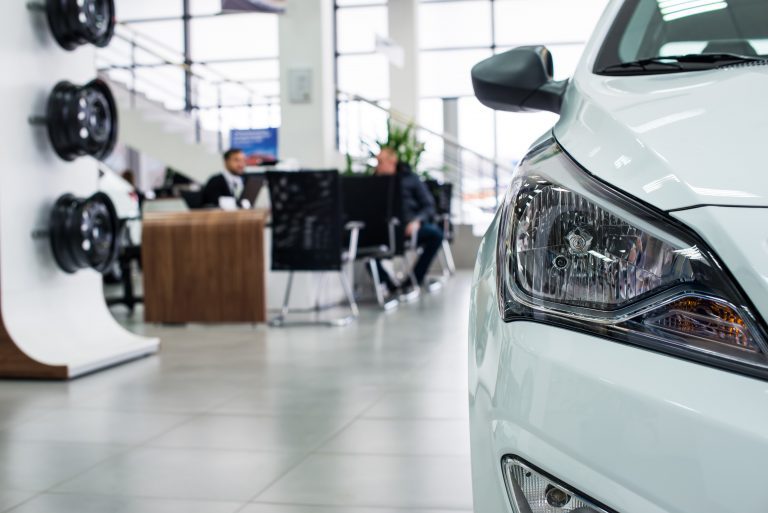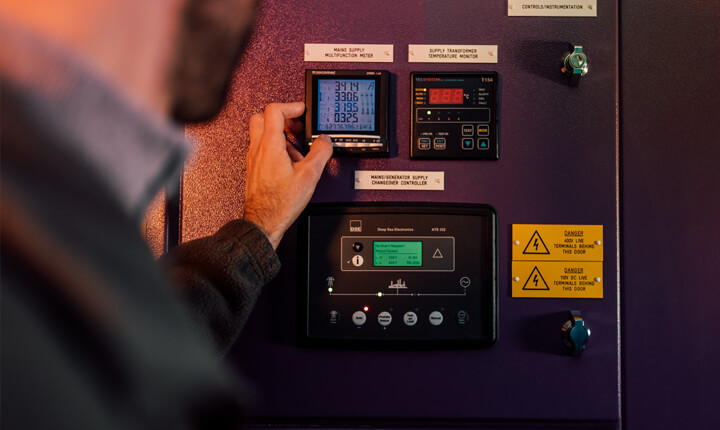In this post, we’ll look at some of the things we need to consider when building and running a data centre.
Building location, construction and layout
Choosing the right building is the first step to having a good sustainable data centre. Are the building and compound big enough to fit everything in and allow for all the cooling and power systems to operate efficiently?
A building that is too small will negatively impact on things like airflow and limit the choice of cooling technology.
Power delivery and distribution systems
The most important considerations with data centre power are reliability and maintainability, but this can still be achieved in an environmentally friendly way.
We choose power distribution and UPS systems that minimise power losses while delivering 100% uptime. We also make sure that items like batteries are recycled at end of life. Finally, building our power systems in a modular fashion lets us run them at optimum load levels for maximum efficiency.
Air conditioning systems
The biggest area where Node4 can directly reduce power consumption is through our choice of air conditioning systems and how we operate them. Where possible we try to take advantage of “free” cooling where we use ambient air temperature to remove heat from the data centres rather than more traditional mechanical DX cooling.
Some of our sites use the very latest adiabatic cooling systems for a large percentage of the year. These systems use ambient air temperature and evaporating water to remove heat energy from the data halls.
We set fan speeds and temperatures to match cooling with IT load. We also try to organise our data halls so that we don’t have to run them for long at very low IT loads. A nearly empty data hall is very inefficient.
Operating parameters
We must run our DCs within certain operating envelopes so that our customer’s IT equipment sits at the correct temperature and humidity.
It may be possible in theory to run higher temperatures, but this is often a false economy as equipment failure rates are higher and increased equipment fan speeds can offset any savings from running higher supply temperatures.
Airflow and containment
Managing airflow is critical to getting the most out of an air conditioning system. We always use a containment system (hot or cold aisle) where possible to prevent hot and cold air mixing.
We keep floor voids as clear as possible so that fan speeds can be lowered. We also blank off spaces between equipment to maximise the amount of air passing through servers and to get the return air temperatures as high as possible for increased efficiency.
Fire suppression systems
Although they are rarely used in anger, fire suppression systems can be very environmentally unfriendly. Older FM200 systems have a high greenhouse gas rating and we are trying to replace these with less damaging NOVEC or Argon/Nitrogen systems as they become available.
Data centre hosting vs on-premises
Although data centres use a lot of energy, the critical point to remember is that equipment hosted in a good colocation data centre uses a lot less power overall than if it were in an inefficient on-premises server room.
Colocation data centres get to take advantage of the economies of scale when it comes to cooling and power distribution, so we lower the overall power consumption, sometimes by 30-50% overall.
Want to reduce the environmental impact and escalating costs associated with your on-premises hardware? Learn more about our data centre hosting service.
READ MORE ABOUT…


3 Reasons Why EV Infrastructure Must Be Robust


6 Key Challenges to Consider When Growing Your E-Commerce Business


